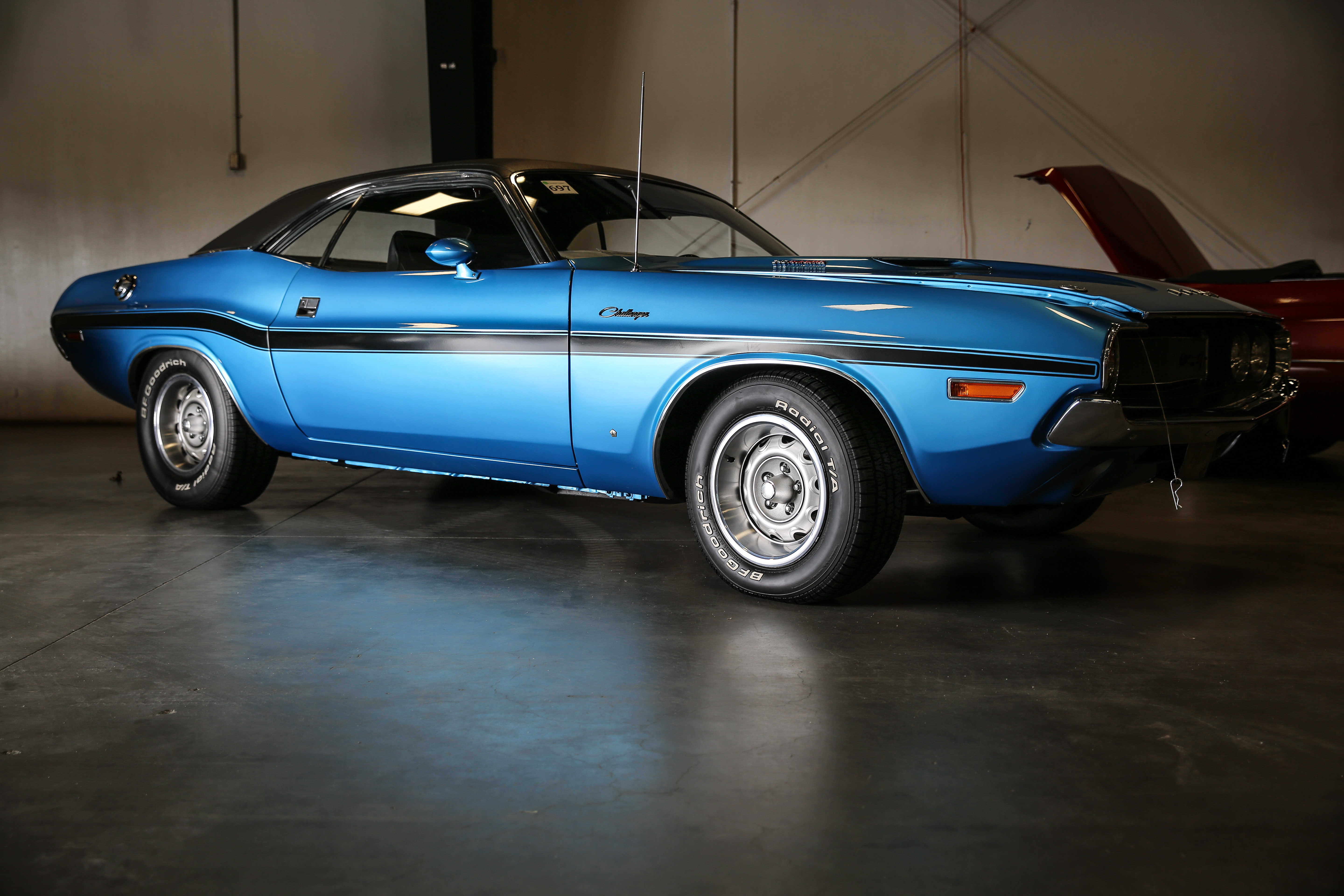
You love your car. You want to shout from the mountaintops. But when a picture is worth a thousand words, why shout a thousand times? Your throat would get really sore. A better idea would be to learn how to do classic car photography.
Before you brush us off because your new smartphone “takes pretty good pictures” let us stop you right there.
1. Use a real camera
Smartphones and point-and-shoot cameras are fine for documenting repairs, but taking high-quality photos? Not so much. You need a single lens reflex (SLR) camera, either old-school analog shooting on rolls of film, or digital (DSLR) like most people are doing.
These cameras look like what newspaper photographers and professionals use. Their ability to change lenses, focus points and shutter speed puts them in a class above your phone.
2. Get it clean
No-brainer, right? Dust rarely improves how a classic photographs. However, if you’re in the process of restoration, don’t be afraid to highlight any rust spots or worn leather; it will make a good contrast when restoration is complete. Plus, it shows character, like when people take artistic photos of abandoned buildings and whatnot.
Use our guides to restoring and detailing your classic to get you on your way.
3. Set your own hours
Every photography tip sheet will tell you to do your photography during the “golden hours” of right after sunrise and before sunset. There’s something about newly emerging light washing over surfaces that looks fantastic.
Try to avoid shooting under direct sunlight such as high noon. The harsh sunbeams cause lots of reflections and are not flattering. Either move your vehicle to a shaded area, create shade with a series of canopies, or just shoot during a cloudy day.
4. Polarize thyself
If your camera uses rolls of film, a polarizer fits on the front of a camera’s lens. If you have a digital camera, it has a digital option for this. Polarizing lets you strain harsh reflections in your shot. When photographing a classic car, this is essential. All that chrome, glass, and polished paint create shiny surfaces which gets in the way of a good shot.
5. Focus on details
Especially if you’re shooting at a car show, focusing on details is a good way to make sure all the people milling about your subject don’t detract from your photo. Get in close on a hood ornament, emblem, stitching, dial, word, or anything else.
Many people want to get the whole car in the photo, so they stand about 50 feet away (we’re exaggerating) and snap away. Embrace nearness and find minutia that anyone else wouldn’t see.
6. Simple backgrounds
When your car is the focus, the background must be carefully, intentionally neutral. Just sitting in your garage won’t do. Head out to an open field, abandoned tarmac, industrial loading dock, airplane hangar, pier at the waterfront, sheer cliff, or anything else that creates a uniform, patterned background.
7. Shoot at night
This one is fun, and proves why you need an SLR camera. Find a spot at night that is completely dark—no streetlights, business lights, house lights, moon light or any other light. Set your shutter speed to 30 seconds or some large amount of time. This means that instead of opening and closing quickly like normal, the shutter will stay open for a long time.
Press the button, then go around with a flashlight and paint your car with the light, being careful not to get in the shot yourself. You can be creative as you like and use all sorts of weird angles. The camera will catch all of that light play and when the time is up, it will create a single image.
Now get out there
These seven tips should be plenty for you to get some awesome shots that will be the envy of your friends and wonder to your online followers. Don’t settle for lame point-and-shoot camera shots. Put the effort into showing off everything that’s special about your vehicle. Since you went through all the trouble to get it looking good, why not let people see it as it really is?



